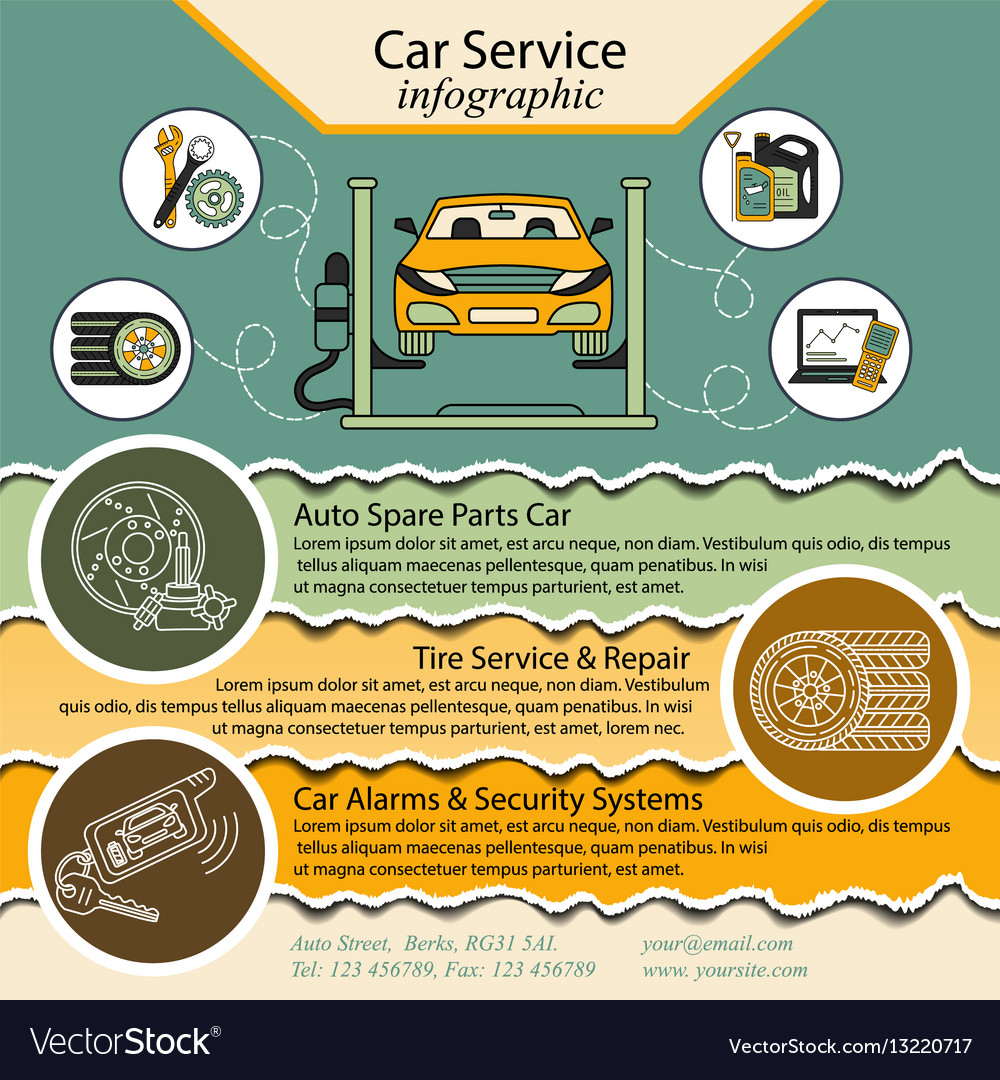Deciphering Your Automobile'S Caution Indicators: What They Genuinely Symbolize
Deciphering Your Automobile'S Caution Indicators: What They Genuinely Symbolize
Blog Article
Post Produced By-Samuelsen Torres
When you're behind the wheel, those glowing caution lights on your dashboard can be a little bit difficult. Do you recognize what they're trying to tell you regarding your vehicle's health and wellness? Comprehending the value of these lights is crucial for your safety and security and the long life of your lorry. So, the next time one of those lights appears, wouldn't you want to decipher its message properly and take the essential steps to resolve it?
Common Caution Lighting and Interpretations
Identify usual warning lights in your auto and understand their definitions to make sure safe driving.
The most typical warning lights consist of the check engine light, which indicates concerns with the engine or exhausts system. If this light comes on, it's crucial to have your automobile checked quickly.
The oil stress cautioning light shows low oil stress, requiring prompt focus to prevent engine damages.
visit the up coming webpage flashing battery light might recommend a malfunctioning charging system, possibly leaving you stranded otherwise attended to.
The tire pressure surveillance system (TPMS) light notifies you to reduced tire stress, impacting lorry security and gas efficiency. Ignoring this might result in risky driving problems.
The abdominal muscle light shows an issue with the anti-lock stopping system, endangering your capability to quit swiftly in emergencies.
Last but not least, the coolant temperature level alerting light warns of engine overheating, which can cause severe damages if not fixed swiftly.
Understanding these common caution lights will certainly aid you address concerns promptly and keep secure driving conditions.
Importance of Prompt Focus
Recognizing the usual warning lights in your automobile is only the first step; the significance of without delay attending to these cautions can't be highlighted sufficient to ensure your safety on the road.
When a warning light illuminates on your control panel, it's your vehicle's means of communicating a potential issue that requires interest. Disregarding these cautions can result in a lot more extreme troubles in the future, compromising your security and potentially costing you a lot more in repairs.
Motivate interest to alerting lights can prevent breakdowns and accidents. For example, a blinking check engine light can show a misfire that, if left ignored, might cause damage to the catalytic converter. Addressing https://www.investors.com/news/autozone-stock-and-other-unexpected-winners-in-a-crazy-covid-world-for-retail-car-stocks/ can conserve you from a pricey repair work.
Likewise, a brake system advising light could signify low brake fluid or worn brake pads, important parts for your safety and security when driving.
DIY Troubleshooting Tips
If you observe a caution light on your control panel, there are a few DIY troubleshooting ideas you can try before looking for professional aid.
The very first step is to consult your cars and truck's manual to understand what the particular warning light indicates. Sometimes the problem can be as easy as a loosened gas cap setting off the check engine light. Tightening up the gas cap might deal with the problem.
Another typical problem is a reduced battery, which can trigger various warning lights. Checking the battery connections for corrosion and ensuring they're safe may take care of the trouble.
If a caution light persists, you can try resetting it by detaching the vehicle's battery for a few minutes and after that reconnecting it. Furthermore, inspecting your car's liquid degrees, such as oil, coolant, and brake liquid, can help troubleshoot cautioning lights connected to these systems.
Verdict
Finally, understanding your auto's caution lights is necessary for maintaining your automobile running smoothly and safely. By without delay resolving these notifies and understanding what they imply, you can stay clear of costly repair work and potential break downs.
Remember to consult your auto's guidebook for specific details on each advising light and take action as necessary to ensure a hassle-free driving experience.
Remain informed, remain safe when traveling!
